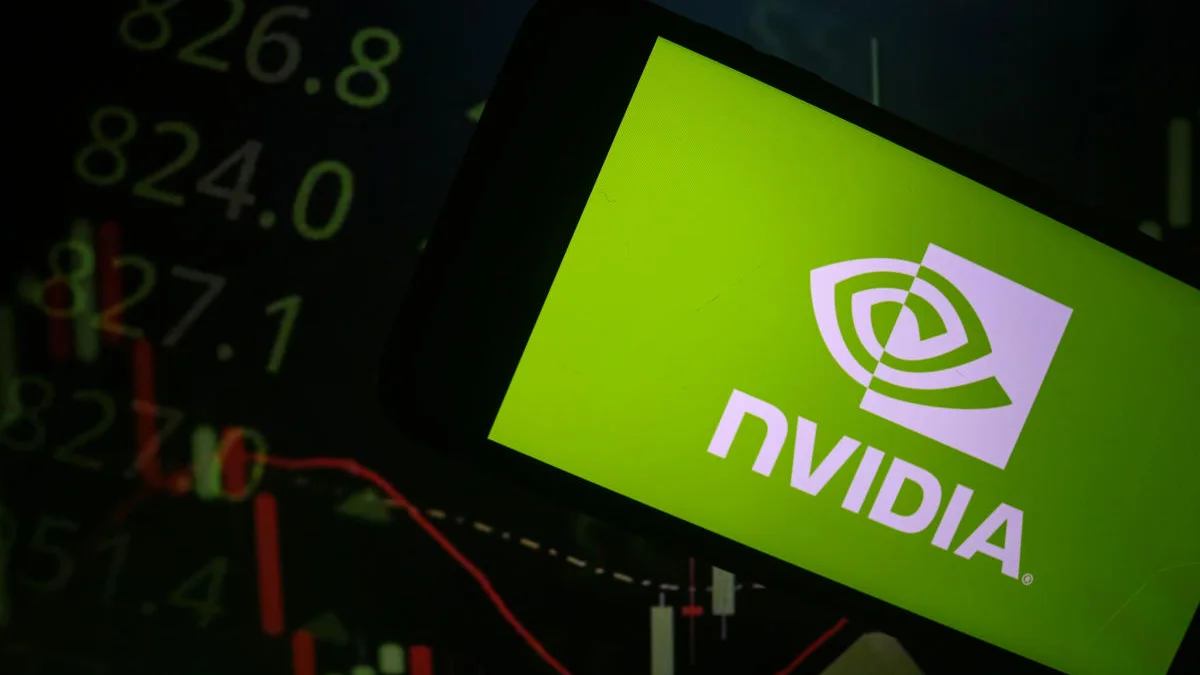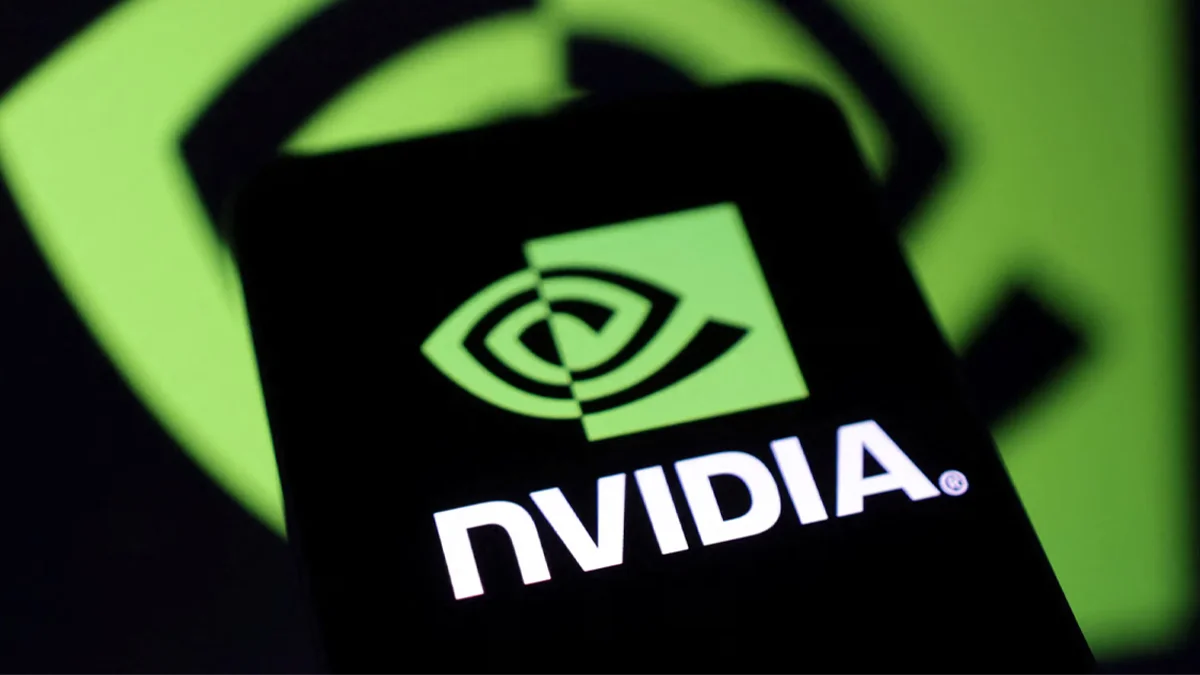
Nvidia Faces New Challenges as Stock Performance Slows in 2025
Nvidia has been a leader in the AI industry, driving the need for sophisticated semiconductor technology. But before the chip maker’s latest earnings come out, investors can anticipate variability in Nvidia’s share performance based on various market factors that include competitive pressures, macroeconomic conditions, and changing industry trends.
According to Yahoo Finance, the road to Nvidia road to recovery to its share performance is going to be bumpy due to increasing competition from Chinese AI startup Deepseek.
In recent years, chipmakers have become a crucial part in AI-based computing. Its graphics processing units (GPUs) drive gaming, AI applications, cloud computing, and data centers. Nvidia’s earnings have been largely dependent upon skyrocketing demand for AI infrastructure, leading to whopping increases in its stock price. Recently the government of Netherlands made a new deal with Nvidia to provide hardware in the new facility of the European country.
AI Boom and Its Impact on Nvidia Earnings
The current AI revolution has made Nvidia one of the primary beneficiaries, with its powerful GPUs being a central part of AI development. As more businesses incorporate AI into their businesses, demand for the company’s AI chips has accelerated rapidly. Nvidia earnings have been surpassing Wall Street estimates in recent quarters, which is only boosting investor confidence.
But analysts caution that the shares of the company are susceptible to greater volatility. If Nvidia doesn’t meet or exceed expectations, it can trigger a sharp market response. In 2024, Nvidia’s market cap boosted to $2 Trillion as the demand for AI chips surged
The options market anticipates a 7% fluctuation in Nvidia’s stock when the company releases its fourth-quarter earnings. While this is a milder reaction than in previous quarters, it still represents a significant shift, amounting to approximately $230 billion in market value.
BayCrest Equity Derivatives Managing Director David Boole told Yahoo Finance, “the stock could stay on a roller coaster for a month after earnings, as some investors have already bought the dip after the DeepSeek driven sell-off, while others who are spooked may not be satisfied with the results.” He added, “We had the dress rehearsal about a month ago,” Boole said. “The sense is what can they say that’s going to really drive Nvidia up another 20% in one day?”
Nvidia’s New Blackwell Chip Architecture
The latest Blackwell chip architecture of Nvidia is launched as the largest potential catalyst. Its second-generation architecture has the ability to bring a strong growth in AI computing performance, which strengthens the competitive position of Nvidia within the semiconductor area. Experts say that the success of Blackwell will play an important role in determining Nvidia’s long-term share performance.
However, competition from other semiconductor giants, including AMD and Intel, could create hurdles. Google and Amazon are also in the process of making their own AI chips, which is a threat to the domination of Nvidia. If the innovation pipeline of Nvidia remains dull or rivals come with an attractive option, it can help increase the instability of NVidia stock.
Market Volatility and Investor Concerns
Even with their solid fundamentals, Nvidia shares have seen sharp fluctuations, primarily influenced by market sentiment and macro conditions. Increased interest rates, inflation fears, and changes in tech-company valuations have all been factors that affected Nvidia share performance.
Additionally, geopolitical tensions such as trade restrictions between China and the U.S. may affect the global sales of Nvidia. The AI chip segment is extremely regulatory-sensitive, and any new export restrictions may discontinue Nvidia’s growth path.
Nvidia’s once unstoppable momentum has slowed down. The shares have gained only 0.9% since the start of the year and lost 3.9% in the past months. That is a dramatic change from the company’s performance in 2024, when its shares rose 171%, helping to drive more than 22% of the S&P 500’s total gains for the year.





